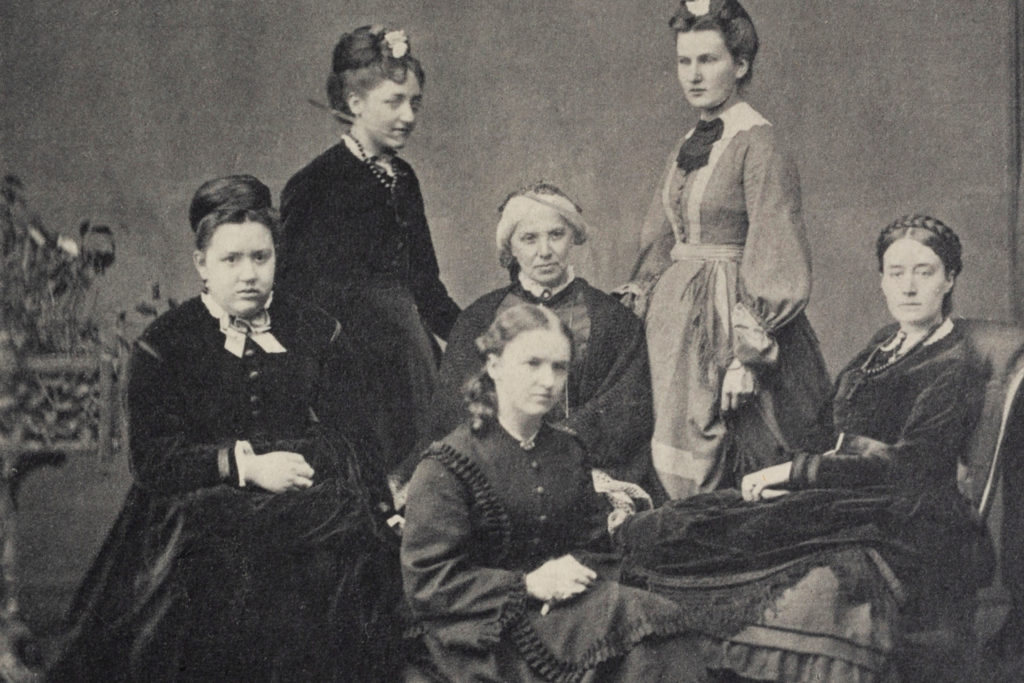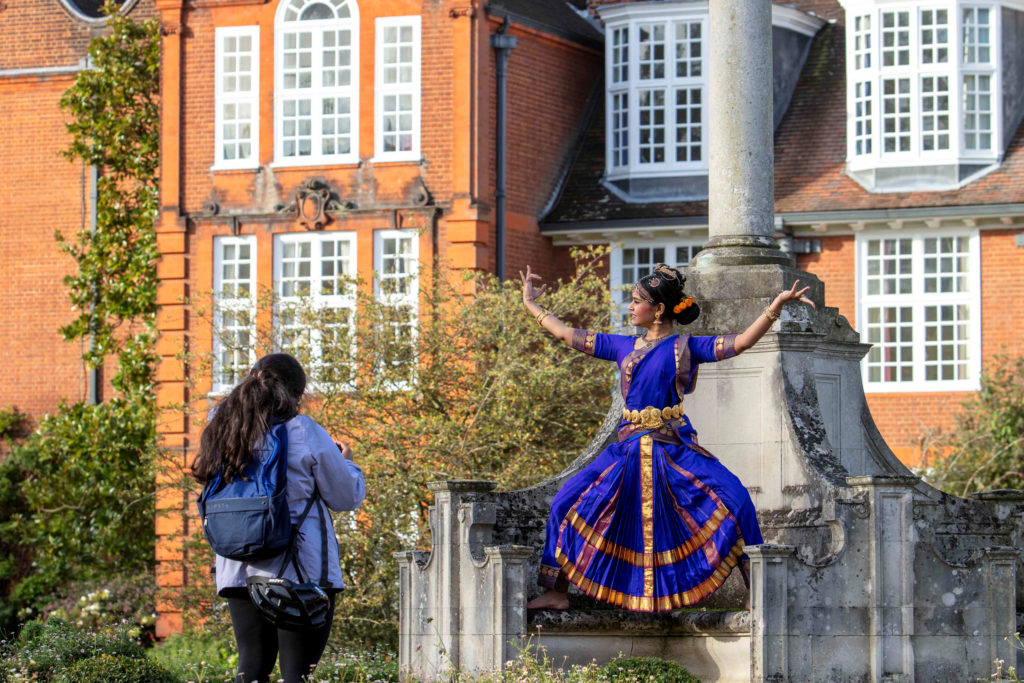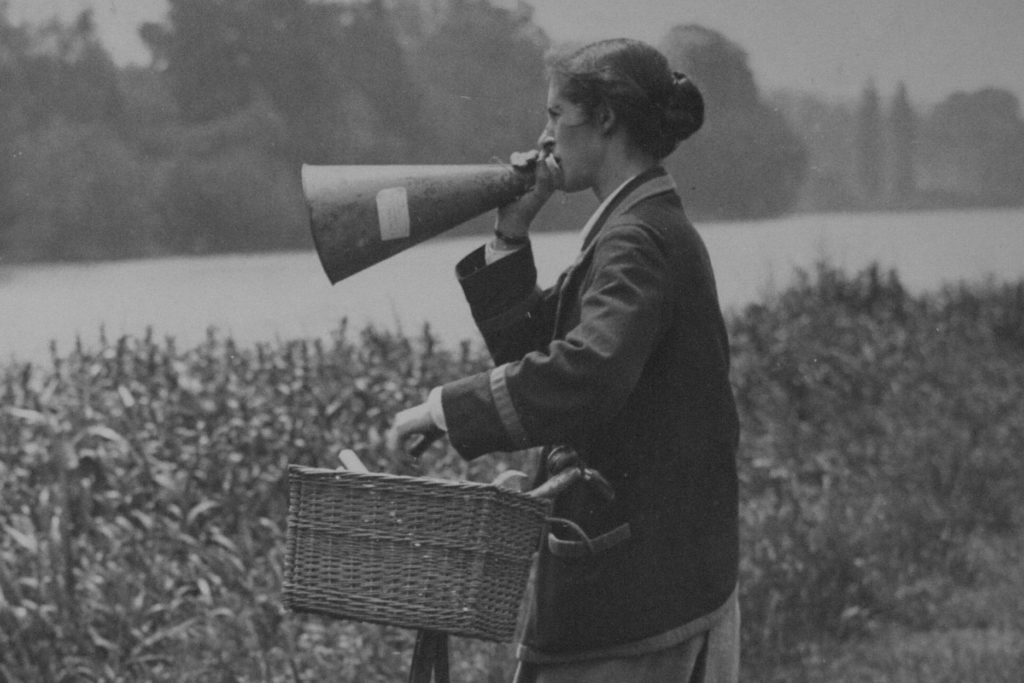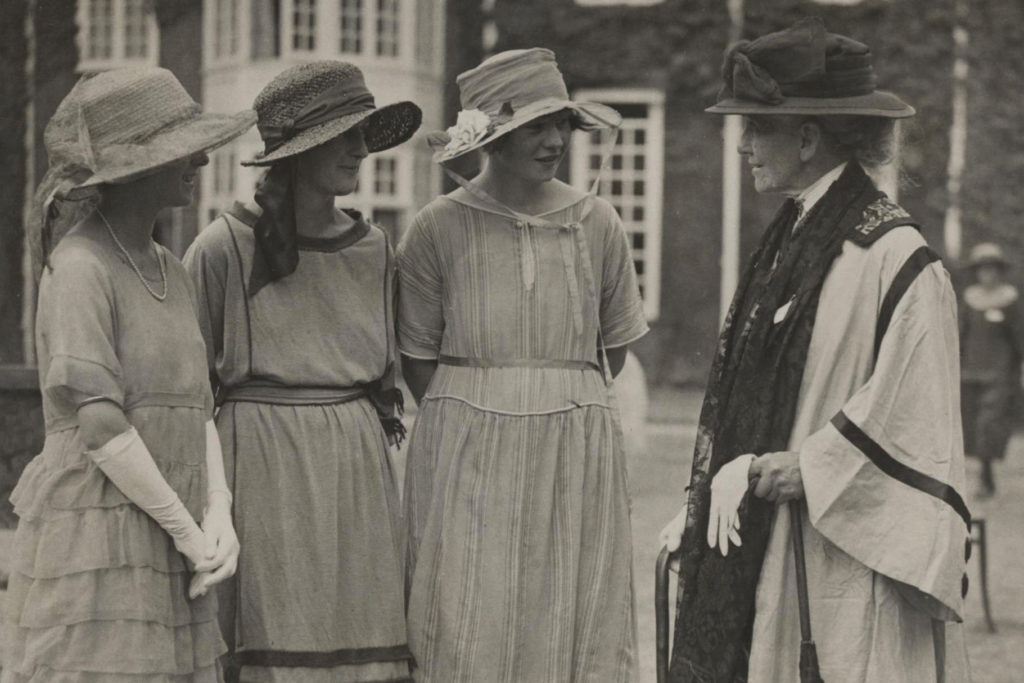Dr Mathelinda Nabugodi – English Literature
After he drowned, when Shelley’s body was found, it was so decomposed that they identified him by his clothes and the books in his pocket, Mathelinda said.
So you mean that the art survived, and the poet’s body was destroyed? I said. That seems like a metaphor for this whole discussion, about how we interpret and re-interpret poetry.
Maybe, Mathelinda said. But maybe it says more about how critics and readers do their best to ignore bodies.
Dr Mathelinda Nabugodi is a scholar of romantic poetry and translation, currently working on a creative critical edition of the poet Shelley. She is a Leverhulme Trust Early Career Fellow, a member of the Faculty of English, and a Post-Doctoral Affiliate at Newnham College.
Can you tell me what creative critical writing is? I asked. And what led you to Shelley?
When Shelley the person drowned, leaving his work in fragments, Shelley the Poet came into being. Shelley the Poet is a romantic and Romantic figure, the creation of his wife, his friends, his editors and his biographers. He exists in gleaming marble, naked and drowned, in the Oxford college that expelled him.
Shelley the Poet wrote poetry of the sublime, on nature, love, death and Italy. Unlike Shelley the person, he did not involve himself in politics, declare himself an atheist and democrat in hotel registers, or attack statesmen.
Creating Shelley the Poet meant smoothing away Shelley’s rough edges, turning his poem fragments into finished work.
(Why?, I asked.
Mary Shelley and his friends loved him, Mathelinda said. They wanted him to be appreciated and loved after his death – not seen as a mad radical who deserved to be drowned.)
When Mary Shelley sat down after her husband’s death to prepare an edition of his works, she took up notebook after notebook filled with scribbles, lines, crossings out, sketches.
She copied out his poems, interpreting lines, lacunae and erasures into the poems we know today.
Three of Shelley’s notebooks were drowned with him, retrieved when the wreck was salvaged eight weeks later and returned to Mary Shelley. Those books are probably among the collection of Shelley notebooks in the Bodleian – but there is no sure way of knowing which ones they are.
Now Mathelinda herself sits at the same notebooks, now in the Bodleian Library, copying out the same lines, lacunae and erasures that Mary Shelley did. Her hand retraces the movements of Mary Shelley’s hand, two hundred years later.
You’re a woman of colour, working on a quintessentially white (marble-white) poet, I say.
I wouldn’t have come near Shelley when he was alive, she says, except perhaps as a servant, and now I read his personal notebooks. We academics think that essay writing ought to be so objective. The first thing you learn as a student is to get rid of the ‘I’, the personal perspective. There’s something about bringing an acceptance of the personal perspective back into critical writing. I don’t see why we wouldn’t ask our students to be embodied: to say, ‘as a woman, or as a person of colour or as someone born in the 80s, how do I respond to this text?’ Because that seems as valid as a kind of purely distanced approach. This, for me, relates to the challenge of decolonising the curriculum. It isn’t about reading more black authors while retaining the same approach to the way we read them, it is about acknowledging that writing is a privilege and understanding the power hierarchies that have made that privilege possible. Because colonialism and the slave trade was so fundamental to British society so many years, you could almost take any text and that element will be there.
But what is a critical creative edition of a poet’s work, I ask.
We all know what creative writing is. It tells a story, shares a moment, whether fictional, non-fictional or somewhere in between.
(Mathelinda likes to use the word ‘poem’ for any creative work addressed to an audience. Is my parents’ round-robin Christmas letter a poem, I ask? It will be in 200 years, she says, grinning.)
Meanwhile, critical writing sets out to be objective, dispassionate, disembodied. The Cambridge English Faculty was the home of the New Criticism of the 1930s, pushing objectivity par excellence. Yet one of the great strengths of English literature at Cambridge is the number of distinguished poets and writers among the faculty. Authors perform, write, teach and reflect, each aspect of their work informing another.
When a poet writes literary criticism, are they doing so as a poet, or as a critic? When a critic writes a poem, are they doing so as a critic, or as a poet?
Creative critical writing explores some of the intersections between creative work and criticism.
It takes new approaches to criticism, explores innovative ways of presenting academic research, particularly research in the creative arts. It acknowledges and celebrates the extent to which the individual critic is not an objective being, but a person located in time and space. Two colleagues having a discussion in a café emptied by Covid-19, for example.
It doesn’t replace that historical knowledge, but rather seeks to acknowledge that we today are reading and writing in a historic, embodied context, just as much as Shelley did, 200 years ago.
This is the genre in which Mathelinda will be explicitly creating her new edition of Shelley. Challenging, yes. But don’t the marble statues of the past need to be challenged? And don’t reader, critic and poet need to be returned to their living bodies?
I say I’ll record this interview, so I can be sure of getting all the quotes correct.
Does that need to happen? Mathelinda says. And you should be in the article too. You’re here in this conversation.
Harriet Truscott






